The Hyundai Kona is a little SUV, which might seem a perfect choice for the tight streets and microscopic parking spaces in an urban setting.
So, adding a tough-looking body kit, sports suspension and a more powerful engine would mean the Kona N Line is not just the right fit but fun, too, right?
Well, there’s more to be being a good urban car than that, as I found when the Kona N Line came to live with my family in the city for a week.
Hyundai Kona 2021: N Line (awd)
| Engine Type | Turbo 4, 1.6L |
|---|---|
| Fuel Type | Unleaded Petrol |
| Fuel Efficiency | 6.9L/100km (combined) |
| Seating | 5 |
| Price From | $29,700 - $35,750 |
| Safety Rating |
|
Does it represent good value for the price? What features does it come with?
The Kona N Line lists for $36,300, before on-road costs, which is at least $10K more than the entry grade in the range but half the price of the electric version of this model.
The standard features lists has some luxurious items such as leather seats, eight-speaker Harmon Kardon stereo, wireless phone charger, a 10.25-inch media screen and rear privacy glass, but misses out on power adjustable and heated front seats, a fully digital instrument cluster and the head-up display found in the N Line Premium above it in the range.
.jpg)
Still there’s sat nav, Apple CarPlay and Android Auto, climate control and a proximity key with push-button start.
The N Line and N Line Premium also come with a more powerful engine than the other grades and you can read about that further on. To go with extra sportiness is a tough-looking body kit which I’ll take you though in the design section below.
.jpg)
The proximity unlocking and push-button start score a big urban thumbs up, because while most of my trips were short, there are many of them in a day and not having to constantly take a key out of my pocket to unlock and start the car is glorious.
Built-in sat nav, too, is another urban bonus and the system in the Kona is easy to follow – and I liked the way even when I wasn’t using the navigation there’s always a street ‘spotlight’ on the screen’s map which will help you find short cuts on the fly.
Is there anything interesting about its design?
Some people might not like the Hyundai Kona’s looks but they’re lying if they say there’s nothing interesting about it.
Yup, possibly the quirkiest Hyundai on the market (save for the new Ioniq 5) in Australia the Kona looks like a futuristic concept car that escaped from a laboratory. The N Line grade toughens the looks to an almost post-apocalyptic level.
.jpg)
Coming standard is the N Line body kit, consisting of a diffuser and rear bumper, side skirts, and front bumper and mesh grille. There are also the N Line alloy wheels.
The interior gets the N Line treatment, too. There’s an N Line sports gear knob, sport seats up front, and an N Line steering wheel.
.jpg)
The Kona isn’t the smallest SUV in Hyundai’s range (that’d be the Venue), but it isn’t large at 4215mm end-to-end, 1800mm wide and 1575mm tall.
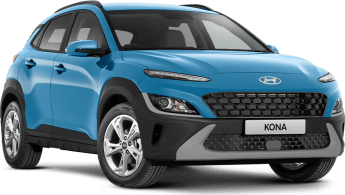
How practical is the space inside?
I tested this Kona N Line straight after I’d spent a week reviewing the Hyundai i30 hatch and for two cars which share so much, it amazed me how less practical the Kona is in comparison.
.jpg)
Sure, the Kona is about 13cm shorter in length than the i30 hatch, but there are places where the Kona could do far better.
Door pockets are letter-box-slot thin, the boot is small at 374 litres (VDA), there are no directional air vents in the second row, and legroom for me back there is impossibly tight behind my driving position (I am 191cm/6'3" tall though).
The rear doors don’t open far either, making entry and exit to the back seat difficult when helping kids into their car seats.
Saving the Kona N Line from a practicality fail is the wireless charger, four cupholders (two up front and two in the rear) a USB port in the second row and another in the first along with two 12V outlets.
Rear headroom is pretty good, too, for a little SUV and up front there’s enough elbow and shoulder room for even me.
.jpg)
What are the key stats for the engine and transmission?
The main feature drawing you to the Kona N Line and away from the other grades is most likely the more powerful engine.
Inside that angry looking face is a 1.6-litre turbo-petrol four-cylinder engine making 146kW/265Nm, which feels so much more oomph compared to what the 2.0-litre naturally aspirated four cylinder can produce in the other grades.
.jpg)
The N Line doesn’t have the regular six-speed auto found in those other Konas either, instead it has a seven-speed dual-clutch which shifts quickly, but not always smoothly.
The N Line is all-wheel drive. Nope you can’t have it as a front wheel drive.
Personally, I’m a fan of all-wheel drives for the extra stability they offer but for an urban environment it’s overkill.
How much fuel does it consume?
The N Line’s 1.6-litre turbo engine is the most powerful in Kona range, but its urban fuel economy is better than the 2.0-litre in the lower grades.
That said, the fuel economy isn’t outstanding with Hyundai’s official urban consumption figure being 8.2L/100km.
My own driving which took in only city and urban roads saw me ‘score’ 11.6L/100km. That’s thirsty and if you’re looking for a super-efficient city car then the Kona N Line isn’t it.
To be clear, I wasn’t trying to achieve the lowest possible consumption figure. I drove the Kona N Line in real world conditions – doing the school drop offs, the shopping centre trips, going nowhere in traffic and often using the ‘Sport’ mode for better acceleration.
Motorway running would bring the overall consumption figure down and Hyundai says that after a combination of open and urban roads the Kona N Line will use 6.9L/100km, and that is pretty darn good for the class.
But this is an urban test, however, and urban fuel economy is what counts.
Let me end this on a bright note: you might not be saving a stack of fuel, but because the Kona N line can happily run on the cheaper 91 RON petrol and that may save you some money.
Warranty & Safety Rating
What safety equipment is fitted? What safety rating?
The Hyundai Kona scored the maximum five-star ANCAP rating when it was tested in 2017.
The advanced safety technology includes AEB which can detect and brake for cars, pedestrians and cyclists at city, urban and interurban speeds. This means the Kona will bring itself to a complete stop between 8.0-75km/h, while collision impacts will be reduced between speeds of 75-160km/h.
Most urban speed limits are no higher than 70km/h, so the effective stopping speed range for the Kona is spot on for this review
Other standard safety tech include blind spot warning and rear cross-traffic alert, both of which have saved my skin plenty of times in the city.
For drives further afield there’s lane following assistance, lane keeping assistance and adaptive cruise control.
For child seats there are three top tether anchor points across the second row which I used to fasten my own son’s seat into the car, and two ISOFIX mounts.
Under the boot floor is a space saver spare wheel, which isn’t as good as a full-sized alloy, but for the city it’s fine to get you to a tyre repair place.
.jpg)
What does it cost to own? What warranty is offered?
The Kona N Line is covered by Hyundai’s five-year, unlimited kilometre warranty. That's still lagging behind sister brand Kia's seven-year warranty.
Servicing is recommended every 12 months or 10,000km. A three-year pre-paid plan costs $957, four years is $1276 and five years is $1595.
What's it like to drive around town?
Why doesn’t the Kona N Line have front parking sensors? I mean this is a car which costs $36,000 before on-roads. Yup, if you want parking sensors you’ll need to step up to the N Line Premium or Highlander grades. And that sucks, to use the parlance of our times. Especially in an urban environment where every centimetre of a parking space counts.
Yep, the Kona N Line is small at 4215mm long, but that’s still the equivalent of two queen size beds end-to-end and I constantly had trouble judging how far the front of the car was when it came to squeezing into tight car spots, or piloting in narrow alleys.
You won’t be completely parking sensor blind - there are rear sensors and a reversing camera, too.
The Kona’s elevated ride height provided a more commanding view than the i30 hatch I had been testing the week before, and the rear windows are large enough for good visibility and no major blind spots.
The Kona’s steering was natural feeling and accurate and the 10.6m turning circle is about average for a car this size.
The Kona N Line’s engine is great – it’s powerful, responsive and that means I was able to move quickly and confidently when pulling out of car spaces, overtaking and merging.
.jpg)
The dual-clutch transmission while sporty with its quick shifting, wasn’t always smooth especially at lower speeds and crawling up steep and busy car park ramps weren’t its specialty.
My test car had all-wheel drive, but do you need it? Well, you don’t get a choice with the N Line as the more powerful engine that comes with this grade isn’t available with just two-wheel drive.
All-wheel drive isn’t essential in the city, but it does add better traction in wet and slippery conditions and that’s no bad thing.
What isn’t great is the condition of the roads in Sydney, but the Kona N Line with its multi-link rear suspension did a good job of keeping the ride comfortable, while also providing impressive handling for this class.
This all sound like the Kona N Line is pretty great to drive in the city, but there is another Kona which suits city life much better than this one – the Kona Electric and you can read my urban road test here.
Yes, the most affordable electric Kona lists for almost $61,000 which is overly expensive for a small SUV, even an EV one, but its powertrain makes it smoother and easier to drive and has a range of more than 400km.
Verdict
The Kona N Line’s size makes it easy to drive in the city and that turbo powerplant and sporty suspension adds fun, into that mix. The Kona N Line, however, is not the perfect match to an urban environment with its all-wheel drive system, thirst for fuel, and less-than-impressive storage for people who still need plenty of space inside something that’s small on the outside.
The Kona Electric is a better match for urban driving, although the price tag is outrageous and the entry-grade still doesn’t come with front parking sensors.
Pricing Guides



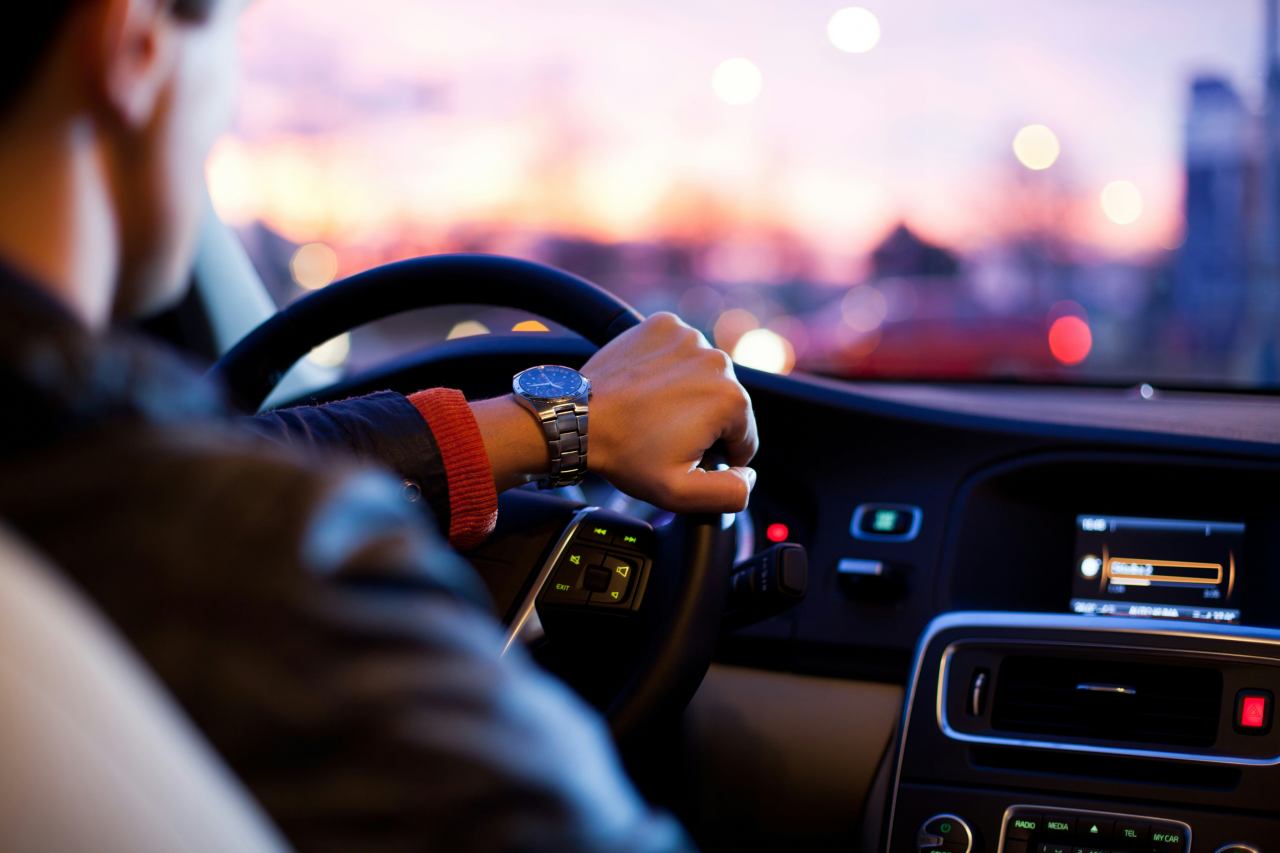
.jpg)

.jpg)
.jpg)
.jpg)
.jpg)
.jpg)



















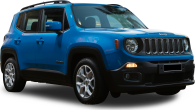
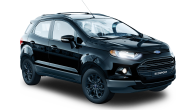








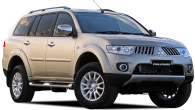




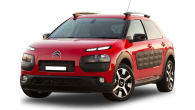




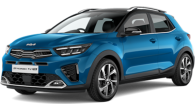


.jpg)


.jpg)


.jpg)
.jpg)



.jpg)
Comments